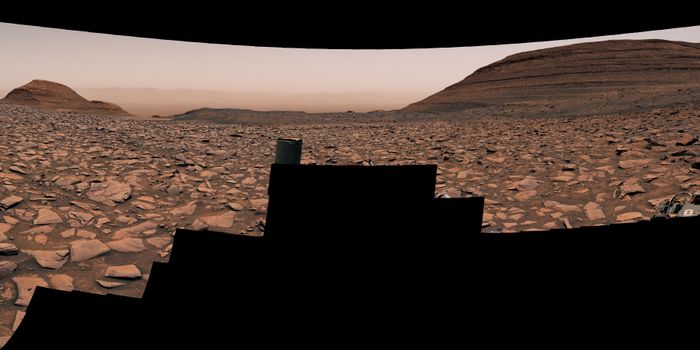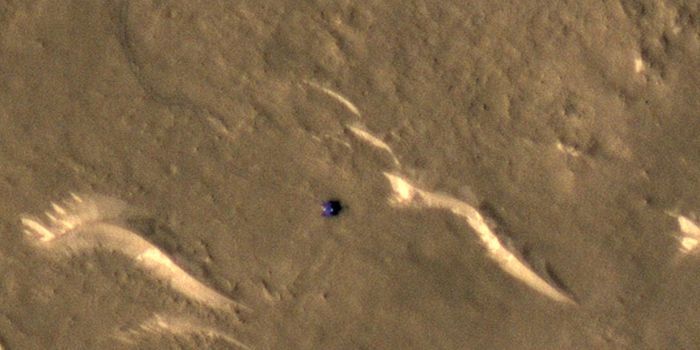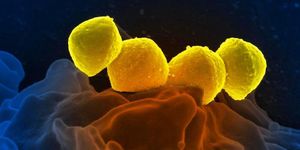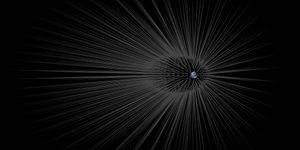The First Exoplanet Atmosphere Observed by JWST
Unprecedented discoveries regarding exoplanet atmospheres have just been detailed in a series of new papers (links provided at the end of this article). These discoveries were made using data obtained by instruments on board the James Webb Space Telescope (JWST) when it first began regular science operations. These observations and findings highlight the capability of instruments on board JWST, serving as a proof of concept for exoplanet atmosphere observations, ushering in a new era of understanding of these distant worlds.
For the first time ever, JWST has observed the atmosphere of an exoplanet – a planet around a star other than our own. The exoplanet chosen for this study was one that was previously studied in great detail by the Hubble and Spitzer space telescopes, WASP-39 b. It is located about 700 light-years away and is categorized as a “hot Saturn” – a planet about the size of Saturn, but located closer to its host star (at approximately the same distance as Mercury is from our Sun) and thus super-heated by the proximity.
The observations provide a full profile of its atmospheric constituents, as well as signs of active chemistry, and clouds. The observations also provide evidence that the clouds are broken up, rather than existing as a single, uniform blanket over the planet.
The atmosphere was found to be composed of water, sulphur dioxide, carbon monoxide, sodium, and potassium. This was the very first detection of sulphur dioxide in the atmosphere of an exoplanet. Astronomers expected to see signatures of both methane and hydrogen sulfide in the atmosphere, but they were strangely absent from the data, implying that if they are present in the atmosphere, they must exist in very small amounts. This very complete register of atmospheric constituents also gives scientists a way to measure the abundance of different elements present in the atmosphere relative to each other, which gives clues to the chemistry happening there.
This is also the first-time concrete evidence of photochemistry – or chemical reactions made possible by light emitted by the host star – has been observed for exoplanets. This new knowledge has allowed astronomers to add more detail to existing exoplanet atmosphere models. Thus, they can now more accurately model the atmospheres of all exoplanets, which will allow them to better predict the potential habitability of any given exoplanet.
These very early results from JWST are extremely promising and are just beginning to scratch the surface of what astronomers will be able to discover about exoplanets, the interaction between exoplanets and their host stars, and the history and evolution of our own Solar System.
Source: esawebb.org
Papers: L. Alderson et al., Z. Rustamkulov et al., E. Ahrer et al., A. Feinstein et al., S. Tsai et al.








